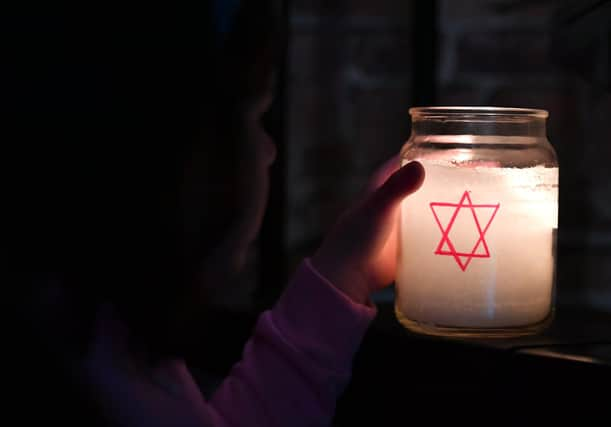Everything you need to know about Rosh Hashanah in Doncaster


What does Rosh Hashanah represent?
In the Hebrew Calendar, Rosh Hashanah represents the birth of a new year and the beginning of the ten days of penitence. At the end of these ten days, Yom Kippur begins. It also signals the start of the harvest season. It does not fall on the same two days every year, as it follows the Hebrew Calendar, not the Gregorian.
Rosh Hashanah literally translates as “Day of Shouting”, as it is intended to wake Jews from their “slumber” and allow them to begin the new year with a sense of repentance and vigour.
Advertisement
Hide AdAdvertisement
Hide AdFurthermore, Jews believe that Rosh Hashanah represents the anniversary of the birth of Adam and Eve – therefore, the beginning of humankind.
During this time, Jews repent for any sins they may have committed over the past year, looking to start afresh at the dawn of the next. A well-known Hebrew greeting on Rosh Hasanah is “Shanah Tovar” which roughly means “have a good year”.
What traditions does Rosh Hashanah have?
One of the most famous traditions of Rosh Hashanah is the blowing of the Shofar. The Shofar is generally crafted from a hollowed out ram’s horn, which when blown into emits a loud, trumpet-like sound. This is done to awaken Jews from their hypothetical sleep and remind them to prepare for the coming celebration, as well as to repent for their sins before Yom Kippur.
During service, unique prayers (known as the Piyyutim) are spoken. These often take the form of poems, and may be sung instead of spoken.
Advertisement
Hide AdAdvertisement
Hide AdFurthermore, a ceremony known as the Tashlikh is sometimes observed. This consists of reciting prayers near naturally flowing water, while some may additionally choose to throw bread or pebbles into it.
Rosh Hashanah also contains a plethora of traditional foods and drinks. The most prominent of these are apples dipped in honey, to signify the sweetness of the new year. Other foods usually eaten on Rosh Hashanah include honey cakes, seasonal fruits and whole fish (still with their heads attached, to represent the “head of the year”).